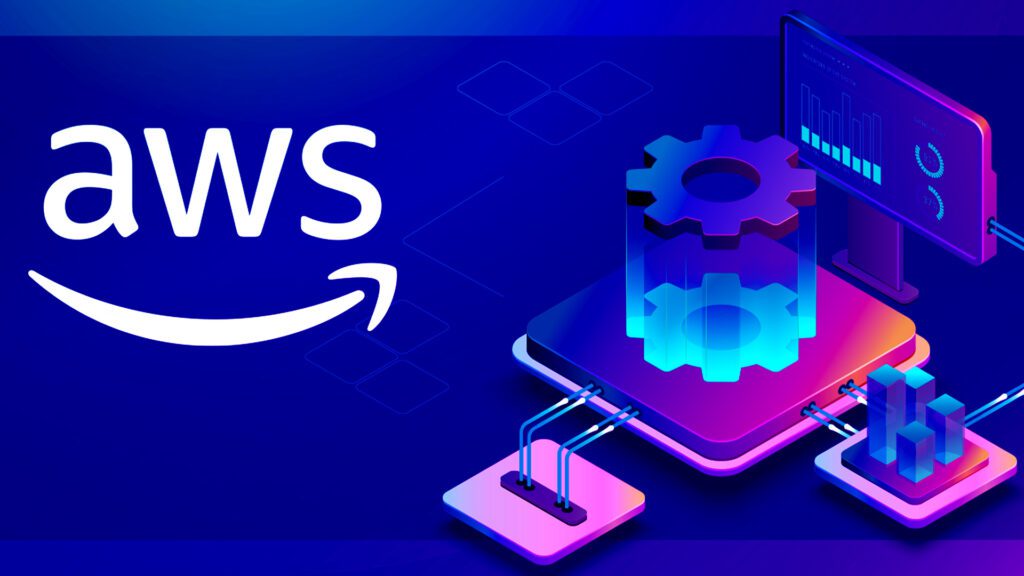AWS Fundamentals: A Guide to Getting Started

Learn about the different AWS services, how to set up an AWS account, and the basics of AWS architecture.
Amazon Web Services (AWS) is a suite of cloud computing services that runs on the same infrastructure that Amazon uses for its end-user products, such as Amazon.com. AWS offers a broad range of services, including computing, storage, database, analytics, application, and deployment services, and it gives businesses the flexibility to scale and change their computing resources as their needs change.
Overview of AWS Services:
AWS offers over 200 services, which are grouped into 16 different categories. Some of the most popular AWS services include:
- Compute: EC2, Lambda, Elastic Beanstalk, Auto Scaling
- Storage: S3, EBS, EFS, Glacier
- Database: RDS, DynamoDB, Redshift, MongoDB
- Analytics: Athena, Redshift Spectrum, QuickSight
- Application: API Gateway, Lambda, Elastic Beanstalk
- Deployment: CodePipeline, CodeDeploy, CodeBuild
Setting Up an AWS Account:
To get started with AWS, you need to create an AWS account. You can do this by visiting the AWS website and clicking the “Create an Account” button. Once you have created an account, you can access the AWS Management Console, a web-based interface that you can use to manage your AWS resources.
AWS Architecture:
AWS architecture is based on a model of loosely coupled services. This means each service is independent and can be used independently of the other services. This makes it easy to scale and change your AWS resources as your needs change.
AWS architecture is also based on a model of regions and zones. A part is a geographic location where AWS resources are located. A zone is a specific location within an area. This makes it easy to choose the best region and zone for your needs.
Result
AWS is a powerful cloud computing platform that can help you to run your applications and websites. If you are new to AWS, I recommend learning about the different AWS services and how to set up an AWS account. Once you have done that, you can begin exploring the other AWS services and building your own AWS applications.
Here are some additional thoughts on AWS:
- AWS is a pay-as-you-go service: You only pay for the AWS resources that you use. This makes AWS a very cost-effective cloud computing platform.
- AWS is secure: AWS has a strong focus on security. AWS offers various security features, including encryption, access control, and intrusion detection.
- AWS is reliable: AWS has a proven track record of reliability. AWS has a 99.9% uptime SLA.
If you are looking for a powerful, cost-effective, and reliable cloud computing platform, then AWS is an excellent option.